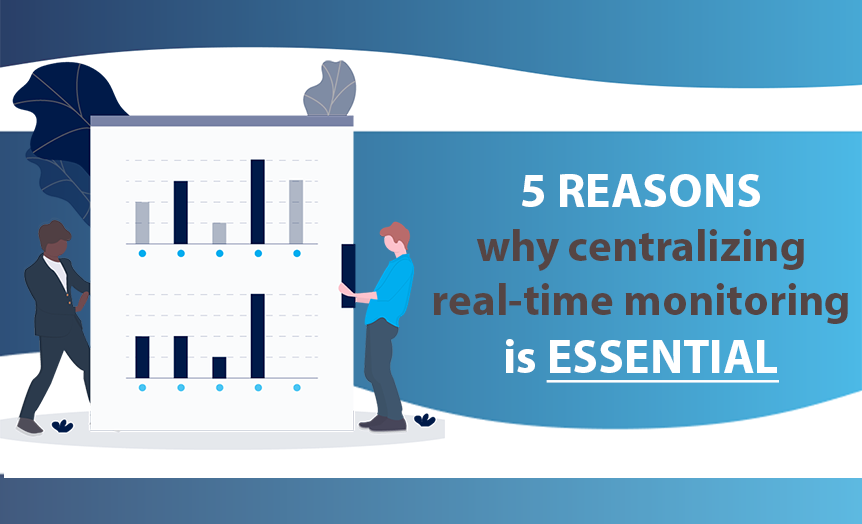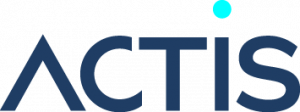Blog.
- Is your portfolio growing in a way that is making you uneasy?
- Do you have various monitoring platforms collecting data from your portfolio?
- Does your team have to spend hours logging into the different platforms working extensively on consolidating data?
- Is your team struggling with consolidating data and transforming it into meaningful reports?
- Are you trying to standardize alerting across different monitoring platforms?
In the early days renewable assets were equipped with a very basic monitoring system, and in some occasions even without one. These systems were monitoring only basic parameters of the asset, like for example only energy production and irradiation. The real value of monitoring was underestimated though, since the general assumption was that renewable plants, once constructed, will continue to operate at their optimum until the end of their lifecycle.
As it usually happens in life, reality has proven to be much more complex. In the new era of renewables, efficiency in reporting, speed of acknowledgement of issues dispatching and streamlined operations are playing a vital role on ROI.
As portfolios grow both in size and geography, monitoring has become increasingly more complex – asset owners and operators must work with different, isolated systems. This is not only cumbersome, but it makes it very hard, if not impossible, to have a standardized alerting that would allow fast reactions and standardization of operational procedures.
Technological advancement has greatly helped into that direction, but the renewable market is experiencing now the next big challenge already: Centralization and standardization of monitoring.
Like all new initiatives, there are early adapters but it’s fair to say that the first few years have been relatively slow.
IT IS NEVER TOO LATE!
The time has come to take full control of your plants by following 6 simple steps starting from choosing the right platform:
Step 1.
Choose a platform that Centralizes & Standardizes information
Before deciding which monitoring platform to choose you must compare various ones and determine which one better serves your needs, but most importantly which one is easily scalable to serve your future needs.
Step 2:
Collect and centralize data from your portfolio
By Centralizing and standardizing data, you avoid mistakes, you have a clear overview of your portfolio and you achieve greater and substantial productivity for your team
Step 3:
Arrange data in prescribed customized formats and store it in the cloud to be accessible anytime/anywhere.
You have already taken the decision on the way forward – very important is for all your team to be onboard so that the transition is seamless.
Step 4:
Analyze data depending on the monitored parameters and frequency of the monitoring.
Step 5:
Generate analysis reports on KPI’s that highlight the reasons for underperformance so that your team can explore different options for improving performance.
Customize your platform in a way that it better serves your needs and requirements. Customize it in a way that makes your team more efficient and more productive. Customize it in a way that it provides all vital information and analytical statistics for you and your team to make the right business decisions – every time – all the time.
Step 6: Execute and optimize operation and maintenance strategies to increase generation and revenues
Now that you have given all the right tools to your team you can expect the best performance from them and from your investments.


